The seven best alternatives to overcrowded Dubrovnik
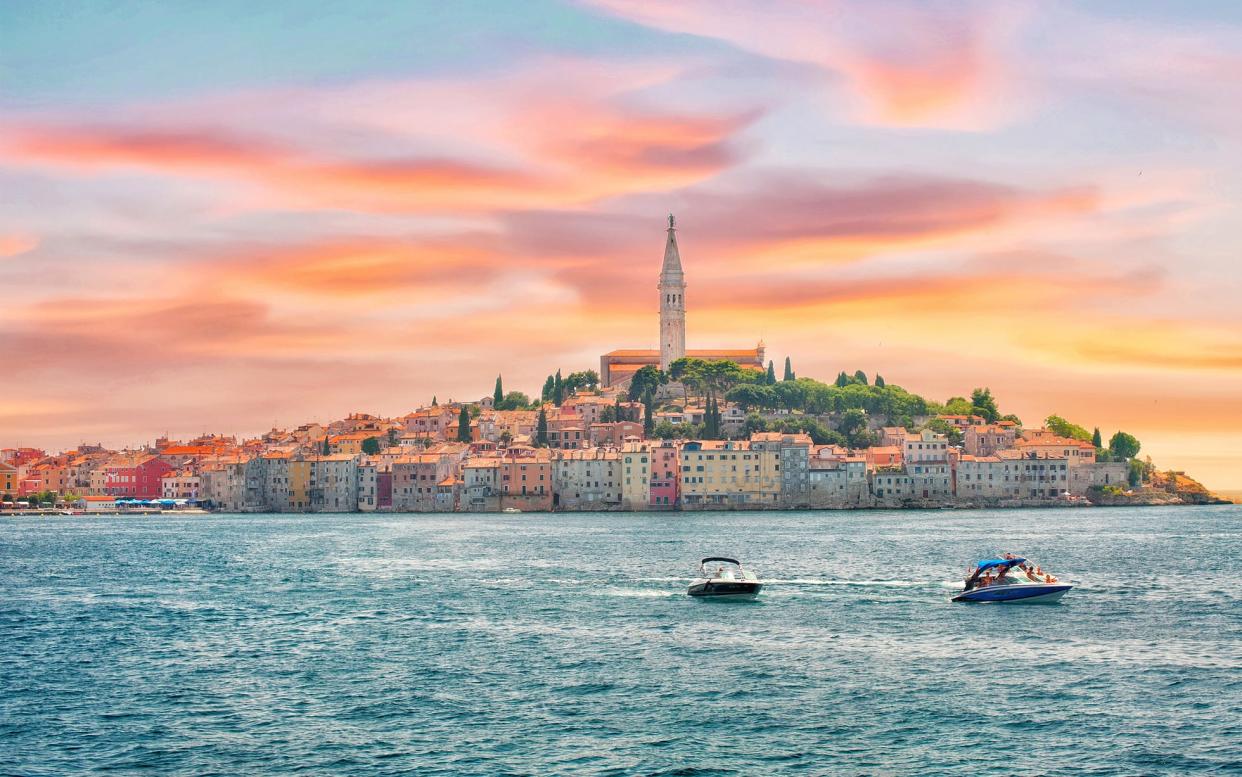
Dubrovnik’s sturdy walls have protected it for eight centuries, but can do nothing to tackle the newest threat to the city: tourist overcrowding. The Croatian port, a World Heritage Site made famous by its starring role in Game of Thrones, has witnessed a surge in arrivals over the last decade. Now, according to locals - as well as Unesco, which has urged it to reduce tourist traffic or face losing its heritage status - the situation has reached breaking point.

“In peak season it can take 40 minutes to walk the Stradun, the city’s 300-metre pedestrian thoroughfare, while there remains only one bar left truly frequented by locals,” explained our expat expert, Jane Foster, last year. “The fish market in the Old Harbour no longer opens. Just over 500 people live in the Old Town, down from 5,000 in 1991. Come the winter, it is deserted but for film crews.”
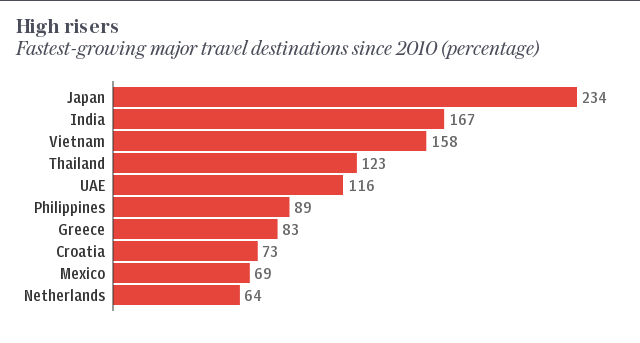
Local authorities have since tried to address the issue. Cruise ships (which deposit up to one million passengers a year) now stagger their arrivals, souvenir stands have been removed and restaurants told to reduce their outdoor seating, while there has been talk of limiting the number of people allowed inside the Old Town at any given time. But the problems remain. Last month Jane Foster reported that the city was still “horribly busy”. She added: “It’s not only cruise ships that are the problem. There are also countless tour buses that roll into Dubrovnik each day on narrow roads that can't cope with such traffic.

“The Old Town is tiny. Dubrovnik already has an enormous hotel capacity, and further big projects are now underway to reconstruct several abandoned hotels to the south east of town at Kupari and Plat. With this in mind, tourist numbers are only going to go up and up in the future.”
So what can travellers do? Visiting out of season is one option. “Though many facilities are closed and the weather less reliable, low season, November to April, can be lovely, and some hotels and restaurants now open for Christmas and New Year,” says Foster. Even opting for May or October, rather than June to September, would help ease the crush.
Or look for an alternative. Here are a few of the best options in Croatia, or elsewhere in Europe.
Five options in Croatia
Split
Yes, it can get busy too - particularly in peak season - but Split is far less crowded than its neighbour to the south. It is also just as spectacular (and appeared in Game of Thrones, too).
“Croatia’s second city is a revelation,” says Linda Cookson, “a seafront gem that combines honeycombs of unique historical buildings with a cosmopolitan, palm-lined waterfront and a glorious wooded peninsula (the ‘Marjan’), where you’ll find secluded beaches adrift with pine cones and feathered by olive groves. At the heart of the Old Town is a unique city-within-a-city, the fortifications of the former Roman palace built for the Emperor Diocletian. Its grid of majestic monuments is overlaid with bustling medieval alleyways and crammed with higgledy-piggledy shops and restaurants. Refreshing breezes from the Adriatic mean summer temperatures are seldom oppressive in Split. And if you do need to cool off, there’s a jolly town beach (Bacvice), and boat trips aplenty to the nearby islands of Solta, Brac and Hvar.”
Getting there is simple, too, with direct flights courtesy of EasyJet.

Pula
As Dubrovnik succumbs to more and more visitors, Istria - the peninsula on the Italian border, in the far north of Croatia - looks like an appealing option, especially during the summer months. British Airways began flights to the regional capital, Pula, last July and this summer EasyJet started services to the city from Southend and Liverpool.
Jane Foster writes: “The Romans founded Pula as Istria’s main port back in 46BC and the ruins are now part of the contemporary city. The splendid Arena, a first-century AD amphitheatre, where crowds of up to 20,000 spectators would watch gladiator fights, now hosts open-air summer concerts and stages the annual Pula Film Festival (July 14-22). Nearby, the former Roman Forum, overlooked by the imposing Temple of Augustus, is now Pula’s main square, rimmed by busy cafes.”
Day trips from the city include the car-free islet of Veli Brijun, where one can wander through carefully-tended parkland, complete with deer and peacocks.

Zagreb
The Croatian capital is a world away from the sun-soaked islands and seascapes of the Adriatic, with a charm all of its own. Explore the medieval quarter, Gornji Grad, home to the 13th-century Church of St Mark and a neo-Gothic cathedral, and the very different district of Donji Grad, filled with green squares rimmed by grandiose Hapsburgian buildings and linked by tree-lined avenues, before embracing the city’s coffee culture. The city is bursting at the seams with fabulous cafes – the residents take their coffee drinking very seriously indeed.

Rovinj
Another Istrian gem, just up the coast from Pula, Rovinj competes with Dubrovnik for the title of Croatia’s most picturesque destination. Jane Foster adds: “With its pastel-coloured Venetian-style facades curving round a wide sheltered fishing harbour, backed by a hill crowned with an 18th-century church, it is irresistibly photogenic. Besides its luxury design-conscious hotels, rustic-chic seafood eateries and candlelit cocktail bars, its home to Zlatni Rt, a green peninsular planted with pines, cedars and cypresses, skirted by a coastal path leading to a series of pebbles coves giving onto warm turquoise sea, perfect for bathing.”
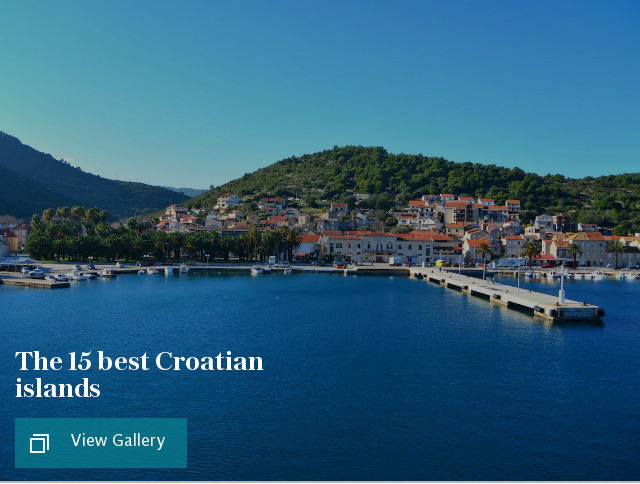
Zadar
Natalie Paris explains: “The southern stretch of Croatia’s Dalmatian coast is saturated with sunseekers in the summer months. Head north to Zadar, however, and you will find a region rich in history and natural beauty which is still relatively undiscovered.
“You can wander quiet streets, enjoy cheaper prices than in Dubrovnik, and sail to pine-scented beaches on remote islands, where you can sprawl undisturbed alongside tiny konobas – restaurants catering mostly to fishermen.”
There’s also a giant, solar-powered public dancefloor, a giant harmonica, played by the sea, while three national parks - Paklenica, Plitvice Lakes and Krka - are within easy reach.
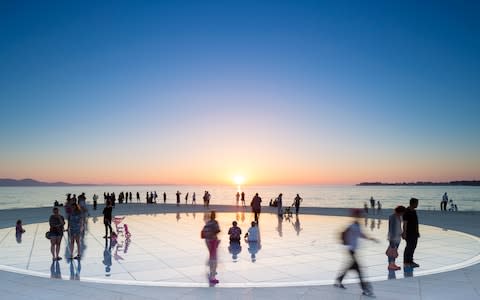
And two options beyond its borders
Valletta
While Dubrovnik has now well and truly seized the role of King's Landing, it wasn’t always thus. In Season One, producers settled with the fortress city of Mdina in Malta (never mind the fact that it's miles from the sea). Mdina is an easy day trip from Valletta, one of Europe’s most underappreciated capitals, with history and culture by the bucketload. And with its Grand Harbour and fortresses, it could easily be mistaken for Dubrovnik.
Other highlights include St John’s Co-Cathedral, home to Caravaggio’s Beheading of St John the Baptist, the modern parliament building by Renzo Piano, and the Grandmaster’s Palace, built between the 16th and 18th centuries.
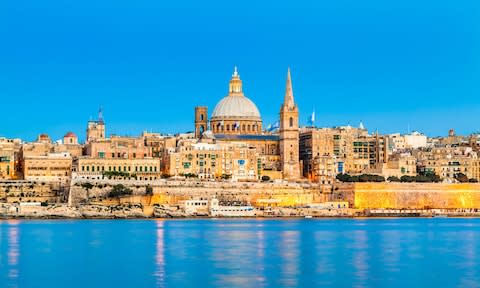
Cordoba
If it’s Game of Thrones locations you’re after, then this underrated Spanish city should suffice. Its Roman Bridge became the Long Bridge of Volantis in the HBO series.
“If the great cities of Andalusia were a flamenco troupe, Córdoba would play the cameo, the mysterious beauty appearing all too briefly before showy Seville and Granada take over again,” says Robert Mayes, writing for Telegraph Travel. “That is something of an injustice for a city that was the centre of medieval Europe and which has at its heart the astounding Mezquita (cathedral-mosque).
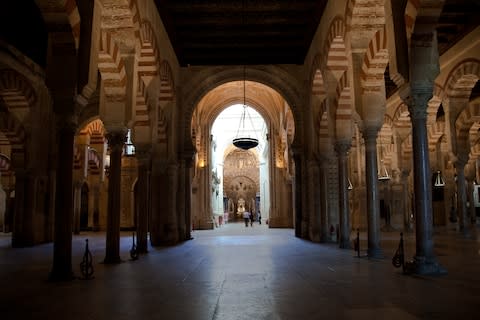
“Yet that gives the city on the river Guadalquivir a more intimate feel. Most of the sights are within a walk – surely the best way to take in the scent of orange blossom, strains of Spanish guitar and tempting tapas bars.”

